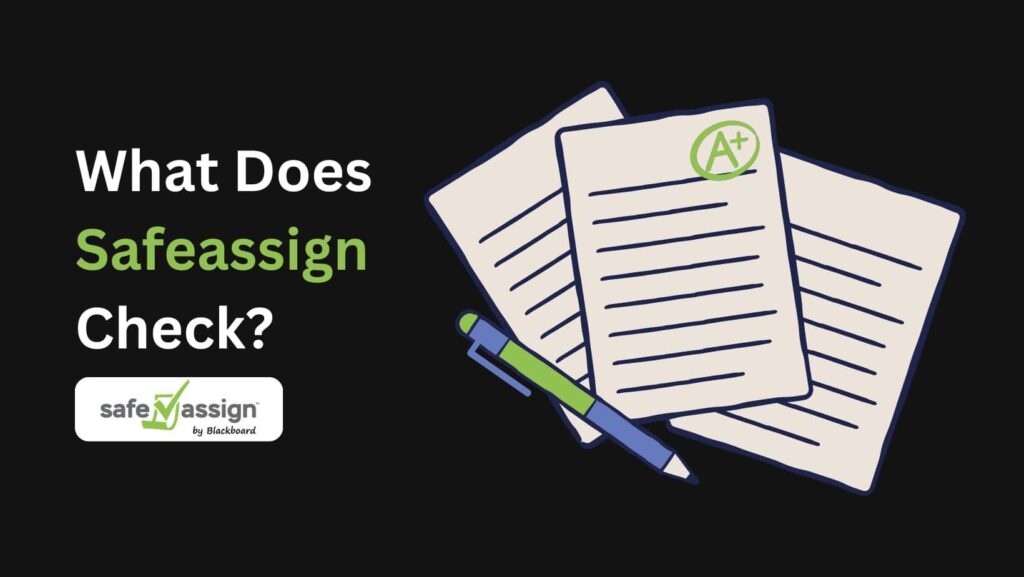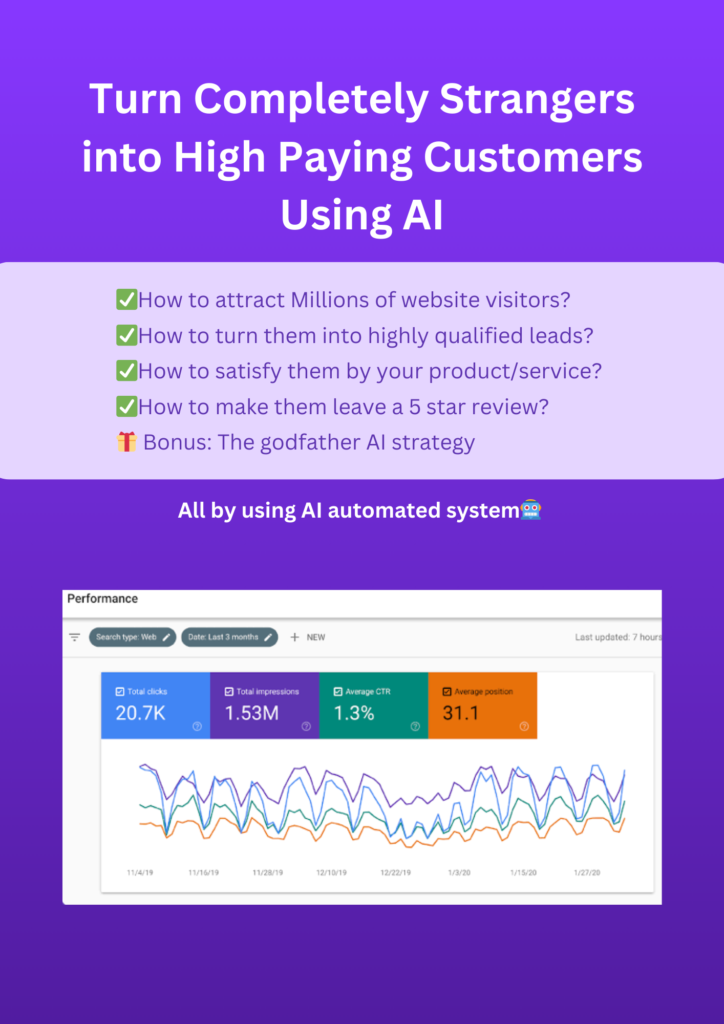Introduction

Are you facing plagiarism issues in your article? Then safe-assign is the best tool for you. It is a top tool designed to catch plagiarism before it becomes a problem. Think of it as a partner that checks your document. It highlights and selects plagiarism for you. It saves you from unintentional plagiarism. It also teaches you the importance of original work and proper management.
SafeAssign helps as a leading solution in plagiarism detection. This tool is designed to help both educators and content creators in maintaining academic integrity. It manages smoothly into learning management systems. It provides a convenient and effective way to ensure originality in academic work. It is good for identifying potential plagiarism by comparing submitted documents against a vast and varied database of sources.
What is SafeAssign?
When a user submits a document through their institution’s learning management system it learns your document. SafeAssign performs a comprehensive analysis of the submitted content. This analysis includes comparing the document to a huge database that includes academic papers, and web content. It finds the sections of the document that may match existing material. Then it generates the results and highlights these matched sections. It also provides links to the original sources.
Features for Managing Submissions
SafeAssign offers different features to help manage and check submissions effectively. Users can access detailed reports that highlight matched content and provide links to sources. The tool also allows users to show specific sources or content types. This feature is particularly useful for tailoring the plagiarism check to specific needs or requirements. It focuses on academic sources while excluding web content.
Educational Impact
SafeAssign creates a significant impact on education. It improves a culture of integrity and originality in academic settings. Educators can ensure that students produce work that is free from plagiarism after using this tool. It also helps students understand the importance of academic honesty. This understanding is crucial for their academic growth and success.
Limitations of SafeAssign
SafeAssign is a powerful tool because it has some limitations. It may not detect all forms of plagiarism, such as self-plagiarism or content. The effectiveness of the tool is also dependent on the quality of its database. It may affect the detection results If new or less common sources are not included. Users should be alert of these limitations when interpreting the reports.
Updates and Improvements
SafeAssign is regularly updated to improve its perfectness and effectiveness. The database is continuously expanded to include new sources. It ensures that the tool keeps relevant and comprehensive data. Updates to the algorithms also improve the detection of paraphrasing and other subtle forms of plagiarism. These improvements help SafeAssign stay current with evolving academic standards and practices.
Case Studies and Real-world Applications
SafeAssign has been widely adopted across many educational institutions. Many universities and colleges use it to improve academic standards and ensure the originality of student work. Some institutions use It as a part of their routine assessment process. They integrate it into assignments and exams. This widespread use highlights SafeAssign’s effectiveness and reliability as a tool for plagiarism detection.
Detailed Reports
SafeAssign provides a comprehensive report after analyzing a document. This report includes the percentage of matched content and lists the sources where similar information was found. Users can easily review these details to determine.
Learning Management Systems
SafeAssign integrates logic into various learning management systems. This integration allows for an easy submission process and automatic checking of documents without the need for additional software.
Why use SafeAssign?
Safe assign is used to detect plagiarism. There is detailed information about it:
Enhanced Academic Integrity: It plays a vital role in maintaining academic integrity. it helps educators quickly identify potential issues with plagiarism by providing a thorough analysis of submitted documents. This ensures that students attach to academic standards and produce original work.
Educational Support: The tool is also used for educational purposes. It helps students understand the importance of proper originality. By using SafeAssign, students can learn about plagiarism and improve their writing skills. It contributes to their overall academic development.
Convenient and Efficient: SafeAssign’s best learning management systems make it highly convenient for both educators and students. The tool automates the plagiarism-checking process. It saves you time and effort. Educators can set up SafeAssign as part of the submission process.
How Does SafeAssign Plagiarism Checker Work?
SafeAssign is an advanced tool designed to detect plagiarism and uphold academic standards. It is widely used by educators and students to ensure that academic work is original and properly cited. Understanding how SafeAssign operates can provide valuable insights into its effectiveness as a plagiarism detection tool.
Document Submission
The process begins when a user submits a document through their institution’s learning management system, which integrates SafeAssign. This submission can include various types of academic work, such as essays or research papers. Once the document is uploaded, SafeAssign starts analyzing it for potential plagiarism.
Database Comparison
SafeAssign compares the submitted document against a comprehensive database. This database includes a vast range of sources, such as academic journals, scholarly publications, and web content. It also contains submissions from other users within the same institution. The extensive database ensures that SafeAssign can detect both common and less obvious sources of potential plagiarism.
Detection Methods
SafeAssign employs several methods to identify plagiarism. The tool uses exact match detection to find direct copies of text from its database. This method is effective in spotting verbatim plagiarism. Additionally, SafeAssign utilizes algorithms to detect paraphrased content. These algorithms compare the phrasing of the submitted document with that in the database, identifying subtle changes in wording. The tool also detects similar content by identifying closely related ideas or information that resembles existing sources, even if not directly copied.
Report Generation
SafeAssign generates a detailed report after analyzing the document. This report includes the percentage of the document that matches the content in the database. It indicates the extent of potential plagiarism. It also provides links to the original sources where similar content was found. Sections of the document that match database content are highlighted. It is easier for users to review and address potential issues.
Review and Revision
Users can review the findings when the report is generated. Educators and students can analyze the highlighted sections. It also offers features to exclude specific sources or types of content from the analysis. It allows users to tailor the plagiarism check to their needs.
Limitations and Updates
SafeAssign has its limitations. It may not detect all forms of plagiarism like self-plagiarism or content from obscure sources. The tool’s effectiveness depends on the quality of its database. SafeAssign is regularly updated to improve accuracy. The database is expanded to include new sources, and algorithms are refined to better detect various forms of plagiarism.
Conclusion
SafeAssign is the best tool for plagiarism detection in academic settings. It provides a comprehensive solution for maintaining academic records by analyzing documents for potential plagiarism. The tool’s integration into learning management systems and advanced algorithms. It provides detailed reporting making it an invaluable resource for educators and students. SafeAssign’s regular updates and improvements ensure that it remains reliable. It is an effective tool for promoting originality and upholding academic standards.

